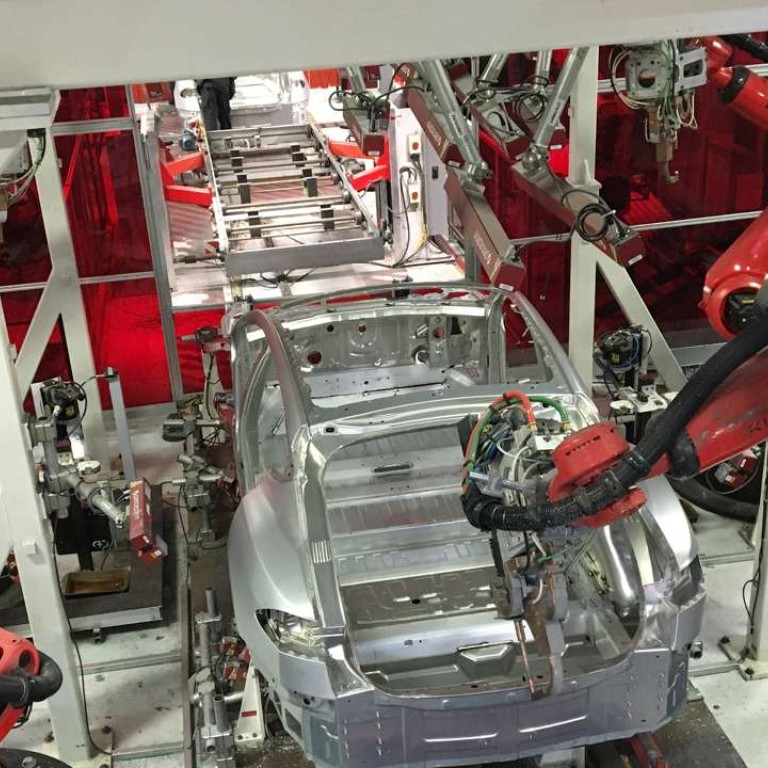
Riding the robotics wave can bring big rewards for HK enterprises
Managers can use robotics to reduce errors and lower compliance costs
Robots are no longer just for science fiction movies and manufacturing or cute humanoid machines that greet you at conference stalls as promotional gimmicks.
In the white-collar business world, robotics are being used to automate processes, drive down costs, improve response times and increase productivity, reduce errors and improve customer service. These robots are essentially virtual workers that execute rule-based processes, with significant improvements in accuracy and efficiency.
Consider the financial services industry, a prime employer of Hong Kong residents. In Accenture’s Technology Vision 2016 study conducted with more than 500 leading banks and insurers,72 per cent of financial services executives said they believe that the new workforce will be comprised of employees as well as intelligent machines. They said they expect 35 per cent of jobs will be automated in the next two decades.
These executives are thinking about how robotics process automation (RPA), which lets organisations automate tasks as if a real person was doing them across multiple applications and systems, can improve their bottom line. Processing costs can be reduced (by as much as 80 per cent in financial services) and RPA can work 24/7, so productivity goes up (indeed in financial services, the average handling time for many processes is reduced by as much as 40 per cent). With fewer errors, compliance costs are reduced, as well.
At the most basic level minibots leverage simple macros, such as Microsoft Excel, to automate basic tasks. The next robotics step up is the use of applications that consolidate data from multiple sources and execute manual tasks to achieve process automation. The next level in robotics are computer-generated characters or chatbots that can converse and answer queries and provide guidance. And then there is technology that is adaptive, interactive, understands context and can apply what it has learned to future situations.

Obviously, management needs to be determining what level of robotics is suitable for the company by selecting what can and cannot be automated right now. Management should be considering the need for automation: Is it a highly manual process (and therefore one rife with error), does it require a large number of full time employees who might be happier doing more intellectually stimulating work? Can it free up existing staff to fill jobs where there are skill shortages? Is it a high risk process?
Managers next need to ask if the process is suitable for automation. Is there a digital trigger? Are there rules-based processes that are therefore easy to input? Does it require a minimal process change to automate?
Management also needs to be considering implementing collaboration between humans and machines and training will be essential. It is not just about training staff on how to use the machines, but also training the machines. Of those surveyed, 84 per cent agree that within three years companies will need to focus on training their machines as much as their people.
Managers considering RPA need a plan to create a “robotics factory” if you will, within a firm’s operation team. Management should set a target of how RPA will deliver a cost savings over a fixed period of time. This should be measured not just in dollar amounts but also in reduced transaction times, increased auditability, improved accuracy, and better customer experiences. Buy-in is required not just from the IT team, who likely already get it, and not just across the C-suite, but also in human resources and today’s existing staff who should be motivated to pursue continuous education so as to be ready for the next level of interaction between humans and robots.
Chris Harvey is managing director of financial services for Asia-Pacific at Accenture

